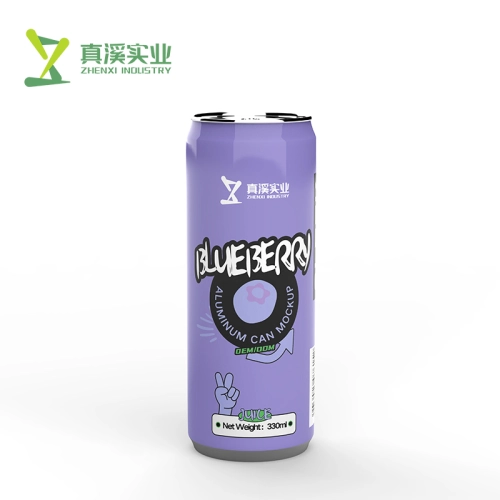Soda cans are a common everyday product of our industrialized world, but the process to create these aluminum containers is exceptionally complex and provides an interesting view into modern manufacturing. A typical coil, weighing around 9,000 pounds to boot. The coil gets unwound and fed into a press, which punches out shallow cups at 250-per-minute. An individual blank is created for roughly $0.
This is an in-line operation to make the shallow cups taller, thinner cans that passes to a bodymaker at 1,500 units per minute. This process, referred to as 'ironing' in the industry is necessary so that all can walls are ideally 0.1 mm thick! After being trimmed and washed, the cans are necked so that their openings have a smaller diameter-it's like corsetting: less metal means lower cost but equal strength.
An excellent example of an industry is the Ball Corporation, a prolific manufacturer producing more than 100 billion cans each year. And they are efficient, with a single production line capable of producing 3,000 cans per minute which is very fast in brewing standards. This high performance proves the more advanced technology and engineering used in creating modern cans.
Cans have a protective coating to keep the aluminum from reacting with whatever happens to be inside. This lining is crucial for preventing the acidic nature of soda from eating away at aluminum, so that it would preserve both quality standards and beverage safety. The process will consist of taking an epoxy resin and spraying the inside each can, then treating it at temperatures in excess of 200 degrees Celsius.

Next comes decorating the cans in brand-specific imagery. Cans are rotated using a high-speed printer; 2,000 cans roll by every minute. Precision engineering, allows up to 6 colors per can ensuring that each brand is represented accurately. These designs can be expensive, adding an estimated 10-15% to a standard can's cost of production (via Can Manufacturers Institute).
Then the cans are subjected to dud detection as a leak test. Each of those cans are filled to capacity, sealed with an XO-cap and pressure tested Checked at high-speed using cameras and air preasure. The defect rate is also alleged to fall below 0.1% in this process. Of course, that soda can you hold in your hand has undergone a process involving precision engineering and tight-tolerance automation with high-speed processes running under continuous quality control.
What this means is that the new design in soda can production has not only allowed for these containers to show up everywhere, but also extremely recyclable. Aluminum cans are the most recycled drink container on Earth. A bottle of whiskey, however pricey, is a good coin to bring house since it may lift your financial boat through the tough seas with recession -- so long as you do not consume it northern lights in louisiana certainly! This speaks volumes of the sustainability that comes with soda cans, one reason manufacturers as well as users prefer them.
If you are interested to delve into a bit more of the process and learn about how it is all going I would be happy to send though for some soda cans here.